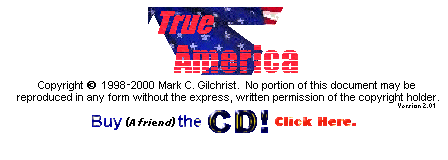
First, a sketch is drawn and presented to the client. When all terms are agreed upon, the production process begins. A mirror image of the sketch is made, for the float's opposite side.

Frames are made for the trailers - a float may have as many as five trailers, each 25' to 55' long. To make turns easier, some floats have cables which make the rear wheels steer in the opposite direction as the front wheels. This frame is then "bucked" with wood studs to form the float, then covered with a "skin" of plywood, canvas, urathane or a combination of the three.

The skin is made lumpy to give it a third dimension, and is whited-out with heavy, white paint. A float artist then uses charcoal to "lay-out" the artwork and notate what colors should go where, making the project resemble a giant paint-by-number coloring book.

A rough artist fills in the colors. If he stays within the lines, and studies hard, he may become a Float Artist someday.

The Float Artist details the paint job, adds highlights and effects and makes the float look perfect. Here, Danny Corio paints the "Night at the Opera" float for the Babylon Krewe.


If fiber optics are used, the panels, which had been shipped to California and outfitted with the colorful strands, are now attached.

Props, which are made separately, are mounted.

Glittering touches, like gold foil, are added, as well as lighting, fringe and giant flowers. Then the final hardware is attached, such as the lean-rail/bead holders, the outhouse and the all important, "keep-the-drunk-person-from-flying-off-the-float" safety hooks.

A spin around the block for a test drive and it's ready!

